How to wean a cat from climbing tables?
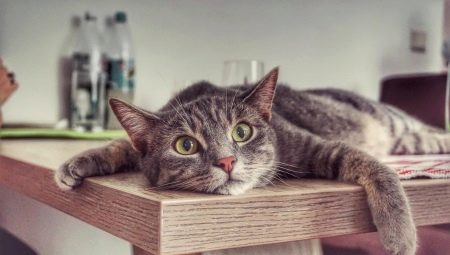
All happy cat owners know what wayward animals they are - very often they do what they want, even if the owners are not happy about it. One of the most common problems that cat owners face is researching kitchen tables. On the one hand, a cat on the table may look cute and even funny, but if you look at it from the point of view of hygiene, then such behavior is simply unacceptable. If you are also wondering how to wean a cat from climbing tables, then our article is intended just for you.
Reasons for walking
Before you start fighting your tailed rebel, try to figure out what pushes it to jump onto the dining surface. Perhaps, you just need to understand the situation and then you will no longer have to "fight" with your pet - the problem will be solved by itself.
- It is believed that this behavior is characteristic of these animals due to their natural curiosity and fussiness. Since cats by nature love to explore everything new, then they can jump on the table solely for this purpose. In this case, in order to get rid of the addiction in the animal, you just need to keep the table empty and clean.
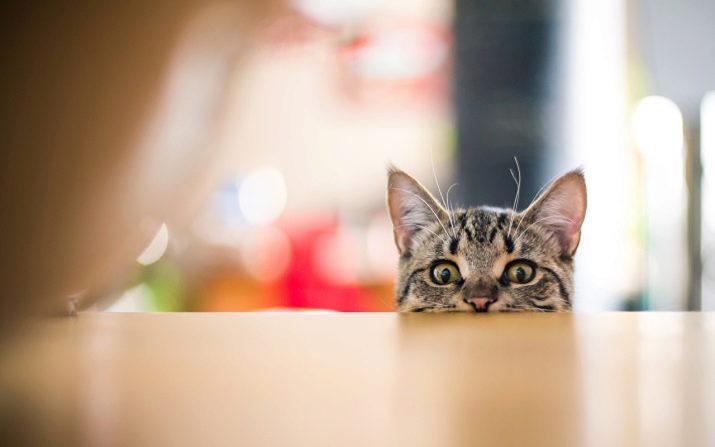
- Cats jump on the table in search of food. For them, the resulting food becomes prey, which they "hunt", such are their instincts. To prevent such theft, you need not only to keep the tables clean, but also not to forget to feed your pet. When you leave home, make sure there is always some food in her bowl. Normally, well-fed cats don't bother examining tables.

- Some animals are tempted to arrange a bed where food is present. From the point of view of a person, sitting or sleeping on a table is somehow strange, but cats don't think so, besides the table is a high surface, which is very popular with these lovers of climbing higher. They gladly climb onto the dining surface, where they feel very comfortable, stretch out to their full height and fall asleep sweetly. In this case, in order to wean the animal from the addiction, it is necessary to create a worthy alternative to it.
Buy a tall house on a post, but always stable and with a large bed. Or get him a cozy "nest" and put it on a dais, remembering to securely fasten it so that the cat does not roll over and fall.
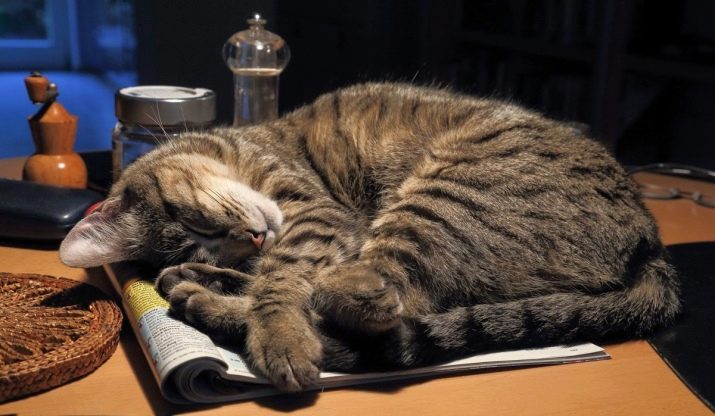
- Some cats just like the high tabletop position, after all, on the dais, they feel their superiority over those around them. If your four-legged friend really likes to watch what is happening from this position, try to equip him with a special shelf in the kitchen. The structure can be nailed directly to the wall at the level of the table, but at a distance from it. The pet will definitely appreciate that the owner has made a personal "cat place".
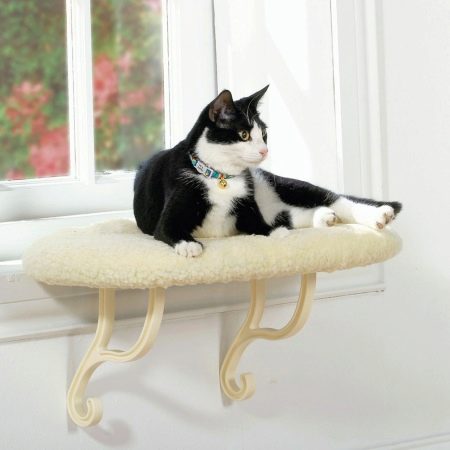
- During the cold season, cats seek warmth. As a rule, the higher the surface, the warmer it is, so cats climb onto cabinets and tables. In this case, the cat needs to create a warm place. For example, move the chair close to the heating appliance so that it can climb onto the back and lie down. Turn off laptops and table lamps located on the dining table so that they do not heat it up and make it even more attractive to the eyes of the animal.
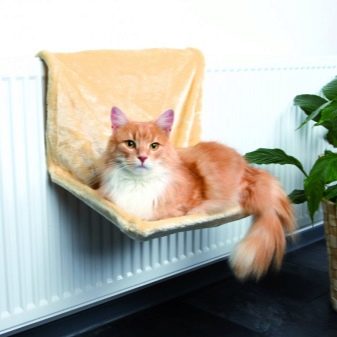

- Sometimes the table attracts curious cats as a window seat from which to admire the street scenery. You should not deprive your pet of this joy, because he already has to live within four walls. To get rid of the problem, draw back the curtains, so the cat will understand that you need to climb onto the windowsill or move the table away from the window. And so that she has an incentive to climb exactly on the windowsill, make a small bird feeder outside the window, but do not forget to close the window when the birds are eating, otherwise the fluffy pet may get carried away by hunting and fall out of the window.
Often, you can get rid of a cat's bad habit by simply eliminating the reason for climbing the tables. Perhaps the same will happen in your case.
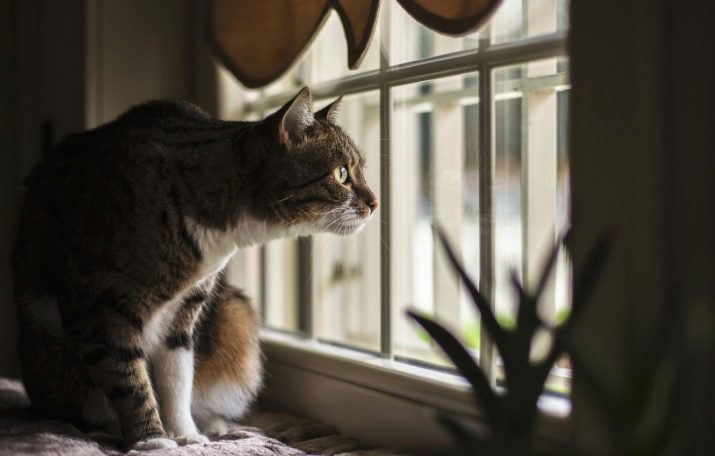
Effective ways
The following methods can help wean a cat from climbing tables.
- The fall. Pay attention to which side he usually jumps on the table from. Place a large tray in there so that it protrudes over the edge of the countertop. Now if the cat tries to climb onto the table, then it will fall with a crash. Do not worry about her, the cat, most likely, will land on four legs and not be injured in any way, but the noise combined with the fall will scare her and reduce the desire to travel to forbidden places.
You can also lay out empty cans on the edge, which will rumble when you jump. Any flat wide board, stacks of notebooks or magazines that collapse with the cat on the floor will do.
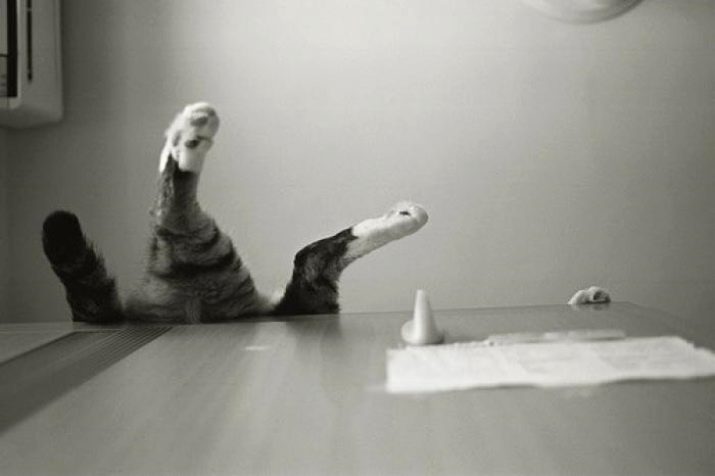
- Smells. There are smells that cats simply hate. Usually these are citrus fruits, eucalyptus, cloves. The most affordable way to deal with the problem is with citrus fruits, they can be found in any home. Spread out the lemon or orange peels generously, but remember to change them every few days, and also rub the table with the juices of these fruits. Essential oils with unloved aromas have an equally rich smell. They can be rubbed onto the table or poured into an aroma lamp.
This method does not work for all tailed beasts - some of them do not stop smells on the way to the cherished goal. Whether it is true or not in your case, you can find out only by trying this method.

- Foil. This rustling material with a mirrored surface can help you keep your cat from climbing the table. To do this, wrap its edges with this material so that it is enough not only for the edge of the countertop, but also partially for its surface.The foil will immediately take the shape of a table and lock, but as soon as the cat jumps on it, slightly pulling up on its front paws, it will immediately fly down. This method is considered completely safe.
The main thing is not to use this method when raising kittens that are not yet so dexterous and may be injured if they fall.

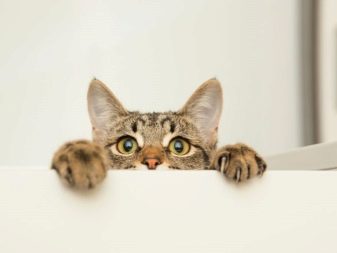
- Scotch. If you are not afraid that traces of adhesive tape will remain on the table, then you can safely use this method. Place duct tape around the perimeter of the dining area and secure it a little. When the cat once again climbs on the table, he will be very surprised and frightened by the sticking of the tape on his paws. In addition, the adhesive will have to be licked out of the wool for a long time.
Just be careful with this method in the case of a fluffy cat: the tape can stick too much to its fur, and you will not be able to get rid of the fragments of the tape until you cut them along with the fur.
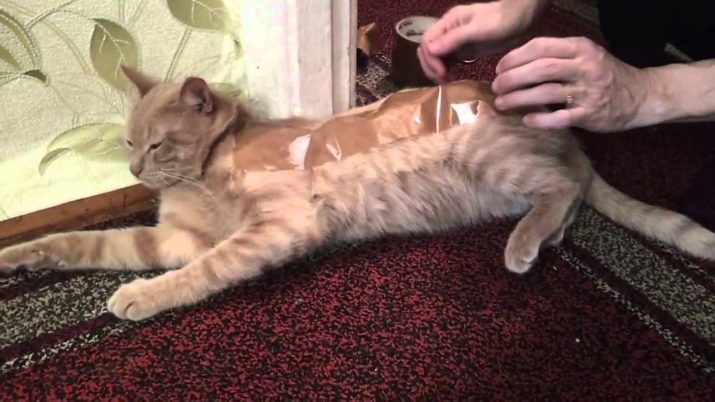
- Splashing water... This method can be used only when you are near the pet. As soon as you see that he jumped on the table, spray it with water from a spray bottle, while aiming directly at him in the face. This method is more effective in raising kittens, then jumping on the table will be associated with water. Ideally, you should spray water from a shelter so that the cat does not understand anything. Then the method may be suitable for the re-education of adults.

- Iron sheet. To make the animal not want to jump on the table, put a sheet of iron on it so that when it jumps, a crash is heard on it. However, any surface that makes loud noises when touched will work. Noise scares cats and helps discipline these wayward creatures.


- Promotion. Not every owner can go this way, because he requires a lot of patience, care and attention. Its essence is as follows: as soon as you see that the cat wants to jump on the table, distract him with a toy or a treat, while praising. This should be done constantly for a long time - only then can you see the result of your efforts. For owners who love their cats very much and cannot apply inhuman parenting methods to them, this option is best suited.
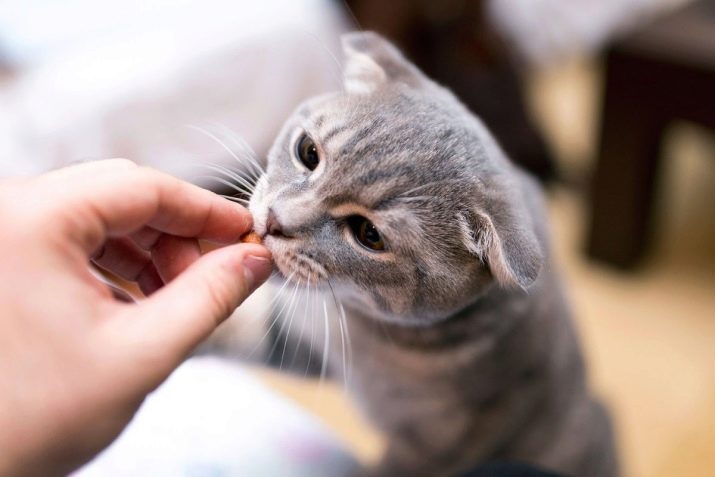
- Electricity. There are special devices with weak current discharges, they have very low power, so they do not harm the health of the animal. The effect of such a charge will be felt by the pet as a strong click. The most "formidable" variant of this series is a collar with a remote control, which gives a weak shock when a button is pressed. Usually such gadgets are used by dog owners, but some also use them for educational purposes with cats. There are also ultrasonic collars, which are also capable of scaring an animal away.
Whichever option you choose from the above, you must always make sure that the table is empty, that is, there is no food or items that can be used as toys on it.
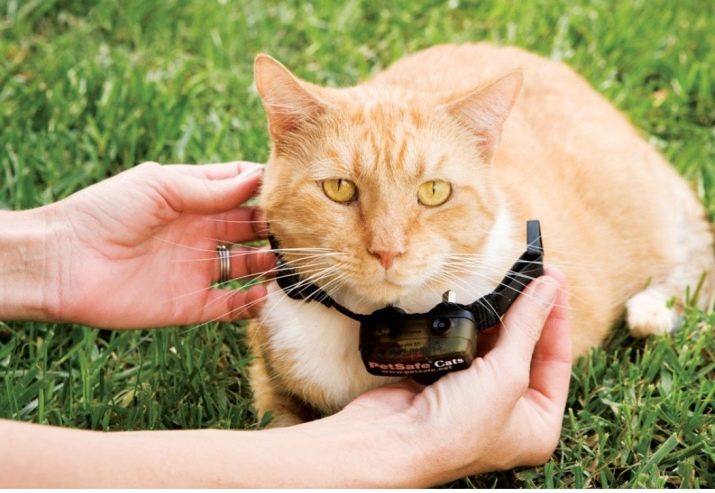
What shouldn't you do?
There are also prohibited methods in raising cats, we will consider them further.
- It is forbidden to use physical force on animals. This will not lead to a positive result, but it can offend the cat. In this case, reciprocal aggression will emanate from him, he may get angry with you and begin to take revenge. And a war with a cat does not bode well for you - some of them, in response to rudeness, begin to mark their territory or commit other small dirty tricks.
- There is no need to allow pauses in your educational process.... If you are determined to get rid of your cat's addiction to tables, then do not forget to spray the table with odors unpleasant for the cat every day, lay foil or spray on the animal from a spray bottle. Acting from time to time, you will negate progress and only confuse the animal.
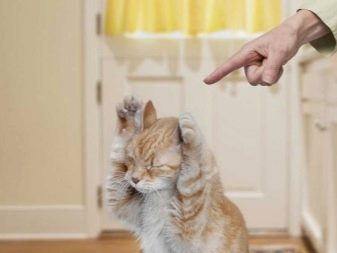

Expert advice
Experts in feline psychology claim that these animals hate screaming. The owner's "reprimanding" intonation and loud screams frighten them.Having experienced such a shock several times, pets can abandon the idea of climbing tables forever. Of course, this can only work if you don't usually yell at your cat for other reasons and do not appear in front of him angry every day.
You can look him in the eye and scold the animal severely. Cats are smart enough and often these methods work with them more effectively than physical punishment.
The younger the cat, the better it lends itself to education. And although the methods of raising babies and adults are similar, it is much more difficult to eradicate a long-term habit. Start parenting as soon as you notice table walking for the first time.
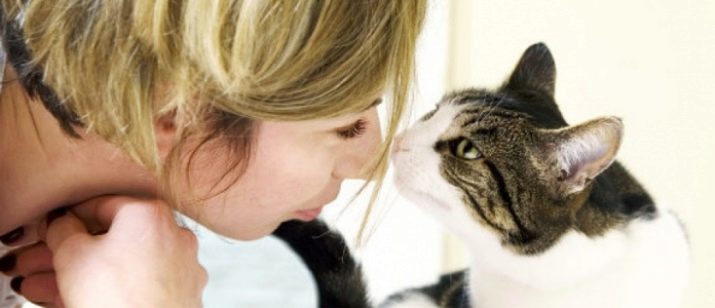
In addition, at a young age, shock methods such as screaming or pouring water work better on animals. As inhumane as it may sound, kittens learn well the lessons learned from this method. The main thing is not to overdo it, so that the animal does not get scared more than necessary.
Raising a cat is a complex process that requires patience and a smart approach. But for a loving and caring owner, nothing is impossible. If you want to teach the animal the rules of behavior in the house, then over time you will certainly achieve this. The main thing is to find out the reason for the bad behavior of the cat and try to eliminate it.
In the next video, you can visually familiarize yourself with one of the options for weaning a cat from climbing a table.
































